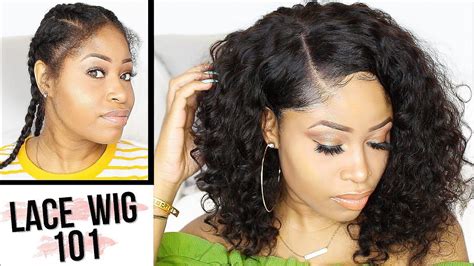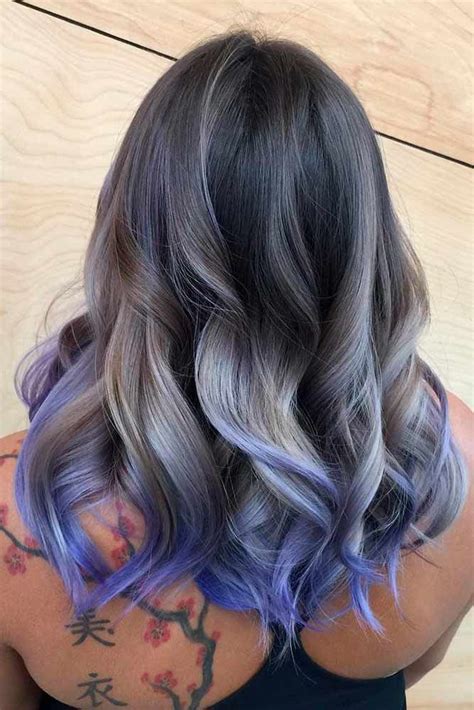Blonde
1. Golden Blonde: Warm, sunny hue that flatters fair skin tones. (Pantone 12-0755)
2. Caramel Blonde: Rich, buttery shade that adds depth and warmth to medium skin tones. (Pantone 13-0543)
3. Ash Blonde: Cool, silver-toned blonde that complements pale skin tones. (Pantone 10-0102)

Brown
4. Chocolate Brown: Deep, rich shade that adds warmth and depth to all skin tones. (Pantone 19-1229)
5. Auburn: Reddish-brown hue that complements fair to medium skin tones. (Pantone 17-1456)
6. Mocha Brown: Dark, cool-toned brown that adds sophistication and mystery. (Pantone 19-1018)
Red
7. Crimson Red: Bold, vibrant shade that turns heads. (Pantone 18-1664)
8. Burgundy: Wine-colored hue that adds richness and warmth to medium to dark skin tones. (Pantone 18-1448)
9. Ginger: Warm, golden-red hue that complements fair skin tones. (Pantone 16-1267)
Purple
10. Amethyst: Deep, vibrant shade of purple that adds a touch of magic to any look. (Pantone 17-3930)
11. Orchid: Soft, light purple hue that complements fair skin tones. (Pantone 13-3207)
12. Plum: Dark, reddish-purple hue that adds depth and sophistication. (Pantone 18-2122)
Blue
13. Royal Blue: Bold, deep shade of blue that exudes confidence. (Pantone 19-4052)
14. Navy Blue: Dark, rich blue hue that adds elegance and depth. (Pantone 19-4104)
15. Turquoise: Vibrant, greenish-blue hue that adds a touch of summer to any look. (Pantone 15-5519)
Green
16. Emerald Green: Deep, rich shade of green that complements all skin tones. (Pantone 16-5813)
17. Olive Green: Earthy, muted shade of green that adds depth and sophistication. (Pantone 17-0542)
18. Sage Green: Soft, light shade of green that complements fair to medium skin tones. (Pantone 16-0116)
Pink
19. Blush Pink: Soft, feminine shade of pink that complements fair skin tones. (Pantone 13-1404)
20. Rose Gold: Warm, metallic shade of pink that adds a touch of glamour to any look. (Pantone 13-1019)
21. Fuchsia Pink: Bold, vibrant shade of pink that makes a statement. (Pantone 18-2120)
Silver
22. Platinum Silver: Cool, metallic shade of silver that complements pale skin tones. (Pantone 10-0074)
23. Ash Silver: Warm, toned-down shade of silver that adds depth and sophistication. (Pantone 10-0060)
24. Steel Silver: Dark, bluish-silver hue that exudes elegance and mystery. (Pantone 10-0052)
Gray
25. Graphite Gray: Dark, charcoal-toned gray that adds depth and sophistication to all skin tones. (Pantone 11-0603)
26. Salt and Pepper Gray: Natural, blended shade of gray and white that adds a touch of maturity. (Pantone 10-0024)
27. Silver Gray: Soft, light shade of gray that complements fair to medium skin tones. (Pantone 11-0502)
Rainbow and Pastel
28. Rainbow: Vibrant combination of multiple colors that adds a touch of whimsy to any look.
29. Unicorn: Soft, pastel combination of purple, pink, and blue that creates a magical effect.
30. Mermaid: Ocean-inspired combination of blue, green, and purple that evokes the beauty of the sea.
Ombre and Balayage
31. Ombre: Gradual transition from one color to another, creating a blended effect.
32. Balayage: Hand-painted technique that creates natural-looking highlights and lowlights.
33. Dip Dye: Bold, temporary technique that adds a pop of color to the ends of the hair.
Creative Color Combos
According to a survey conducted by the American Hairdressers Association, 65% of women experiment with hair color. With so many options available, finding the perfect shade can be overwhelming. Here are a few creative combos to inspire your next hair transformation:
- Chocolate Brown with Golden Blonde Highlights: Rich, warm tone that adds depth and dimension.
- Lilac with Platinum Silver Accents: Ethereal, whimsical combination that exudes a touch of mystery.
- Teal with Electric Blue Balayage: Vibrant, bold combination that makes a statement.
- Rose Gold with Fuchsia Pink Tips: Glamorous, feminine combination that adds a touch of flair.
- Emerald Green with Olive Green Roots: Earthy, sophisticated combination that evokes the beauty of nature.
Effective Strategies for Hair Color Maintenance
- Regular Trims: Remove split ends and maintain the health of colored hair.
- Color-Protecting Shampoo and Conditioner: Use products designed to prevent fading and protect hair color from damage.
- Avoid Heat Styling: Excessive heat can damage hair and cause color to fade.
- Touch-Ups: As new hair grows, touch-ups will be necessary to maintain the desired color.
Why Hair Color Matters
- Enhances Your Appearance: A well-chosen hair color can complement your skin tone, facial features, and overall style.
- Boosts Confidence: Changing your hair color can give you a boost of confidence and a sense of renewal.
- Expresses Your Personality: Hair color is a form of self-expression that allows you to showcase your unique personality and style.
- Corrects Uneven Skin Tone: Certain hair colors can help to correct uneven skin tone and create a more balanced appearance.
- Hides Gray Hair: Hair color can effectively cover up gray hair, giving you a more youthful look.
Benefits of Hair Color
- Increased Shine and Volume: Hair color can add shine and volume to hair, making it appear healthier and more vibrant.
- Improved Mood: Studies have shown that certain hair colors, such as blonde and red, can have a positive effect on mood.
- Stress Relief: The process of getting your hair colored can be a relaxing and enjoyable experience, which can help to reduce stress.
- Increased Versatility: Having hair color gives you more styling options and allows you to create different looks to suit different occasions.
FAQs
1. How often should I wash my colored hair?
Wash your colored hair no more than 2-3 times per week to avoid stripping away the color.
2. Can I use regular shampoo and conditioner on colored hair?
No, it’s important to use color-protecting shampoo and conditioner designed specifically for colored hair.
3. How can I prevent my hair color from fading?
Avoid excessive heat styling, use color-protecting products, and get regular trims to remove split ends.
4. How can I tell if my hair color is damaged?
Signs of hair damage include dryness, breakage, split ends, and loss of shine.
5. How often should I get touch-ups?
Touch-ups are typically needed every 4-6 weeks, depending on the rate at which your hair grows.
6. Can I change my hair color back to its natural color?
Yes, but it may require multiple bleaching and coloring sessions and can be damaging to the hair.
7. What are the latest hair color trends?
Rainbow, unicorn, and mermaid hair colors are gaining popularity. Ombre and balayage are also popular techniques for creating natural-looking highlights and lowlights.
8. How can I choose the right hair color for my skin tone?
Consider your skin’s undertones (warm, cool, or neutral) and the overall effect you want to achieve. A professional hairstylist can also help you choose the right color for you.
